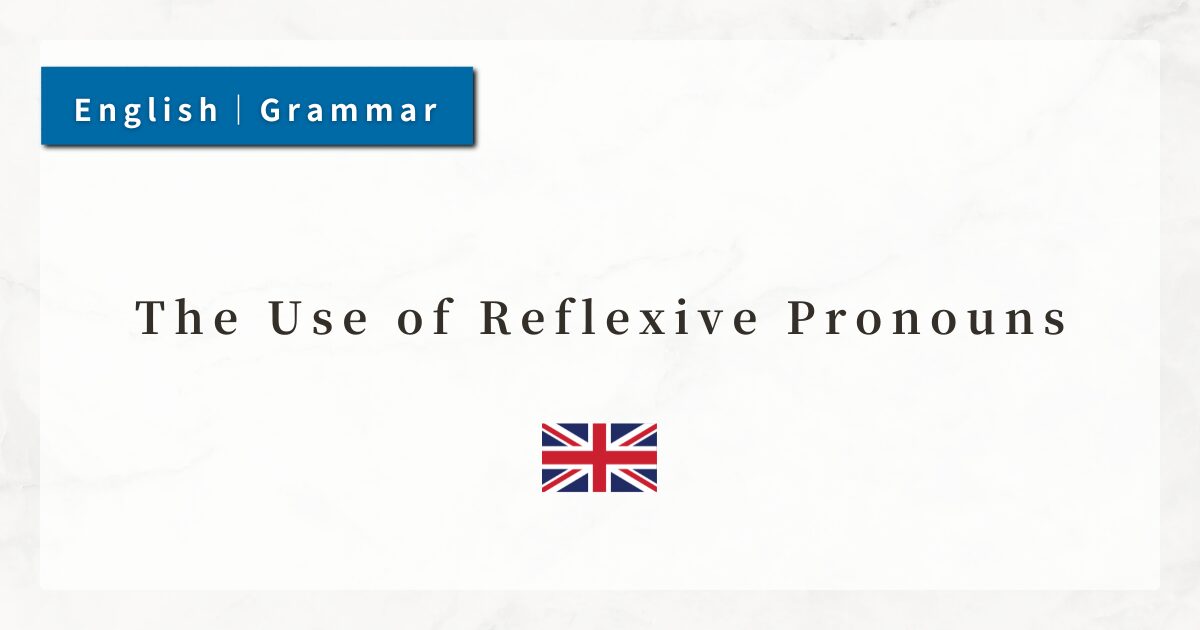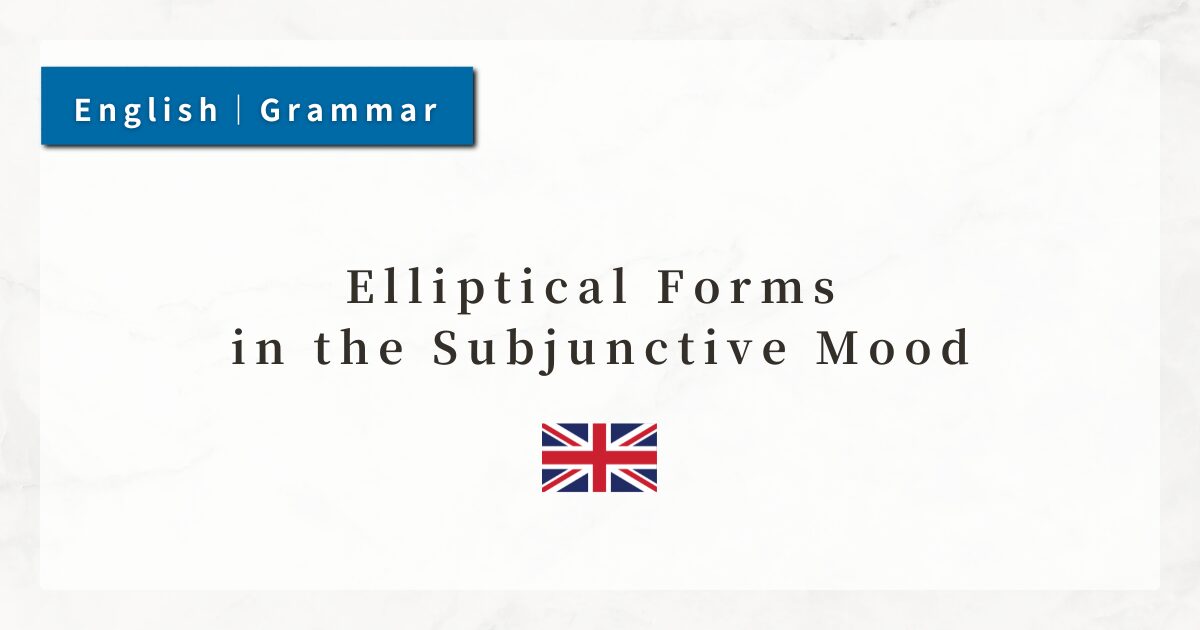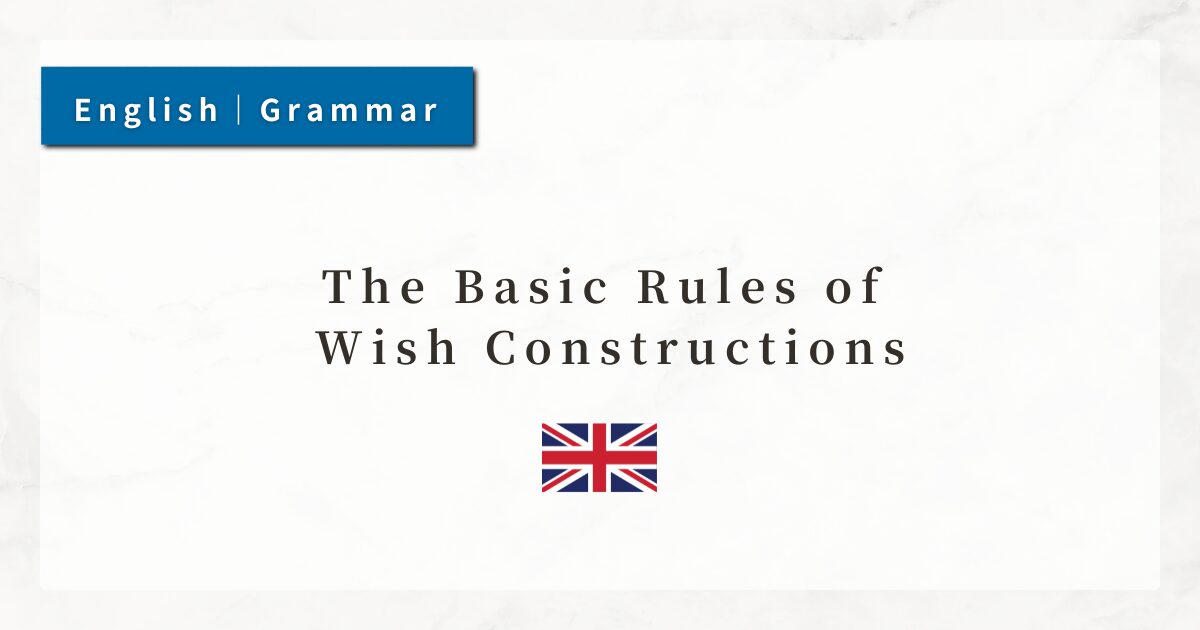#12 The Order and Usage of Adjectives|Basic Rules and Example Sentences

In English, adjectives make it possible to describe nouns more specifically, indicating their qualities or conditions.
In this lesson, I will explain in detail the basic word order of adjectives, their use as complements, and related points, with plenty of example sentences.
1. Basic Rules of Adjectives
1-1. Adjectives Are Placed Before Nouns
Adjectives, which describe nouns, are essential both in spoken and written English.
In English, adjectives are basically placed before nouns.
- a red car
- an old house
Here, the adjectives provide direct information about the noun, explaining “what kind of car” or “what kind of house.”
1-2. Explaining the Quality of the Subject
Adjectives are also used after linking verbs such as be (is, are, etc.) or sensory verbs such as look and feel, to describe the quality or state of the subject.
- The sky is blue.
- She looks happy.
In these cases, the adjective adds information about the subject, creating a relationship of Subject = Adjective.
2. Key Points in Using Adjectives
2-1. When Placed Before a Noun (Attributive Use)
When an adjective is placed before a noun, it is called attributive use, and it specifies the characteristics or qualities of the noun.
In this usage, adjectives usually consist of a single word, or they may be modified by an adverb such as very, and are placed directly before the noun.
- a very old building
- an interesting book
Here, the adjectives provide direct descriptive information about “what kind of building” or “what kind of book.”
2-2. When Placed After a Verb (Predicative Use)
When adjectives come after linking verbs such as be, look, seem, or feel, they are used predicatively, functioning as complements.
In this usage, the adjective explains the subject’s state or quality, forming the relationship Subject = Adjective.
- The room is clean.
- He seems tired.
In these cases, the adjective does not simply modify a noun but provides essential information about the subject.
2-3. Difference Between Attributive and Predicative Use
Even with the same adjective, the nuance differs depending on whether it is placed before a noun or used predicatively.
- a clean room
→ Explains what kind of room directly before the noun. - The room is clean.
→ Explains the state of the room as a complement.
Being aware of this distinction allows me to express myself more accurately in English.
3. Summary
- In English, adjectives are placed before nouns to describe their qualities (attributive use).
- After linking verbs or sensory verbs, adjectives function as complements, describing the subject’s state or quality (predicative use).
- Even the same adjective can have different roles or nuances depending on whether it is used before a noun or as a complement.




